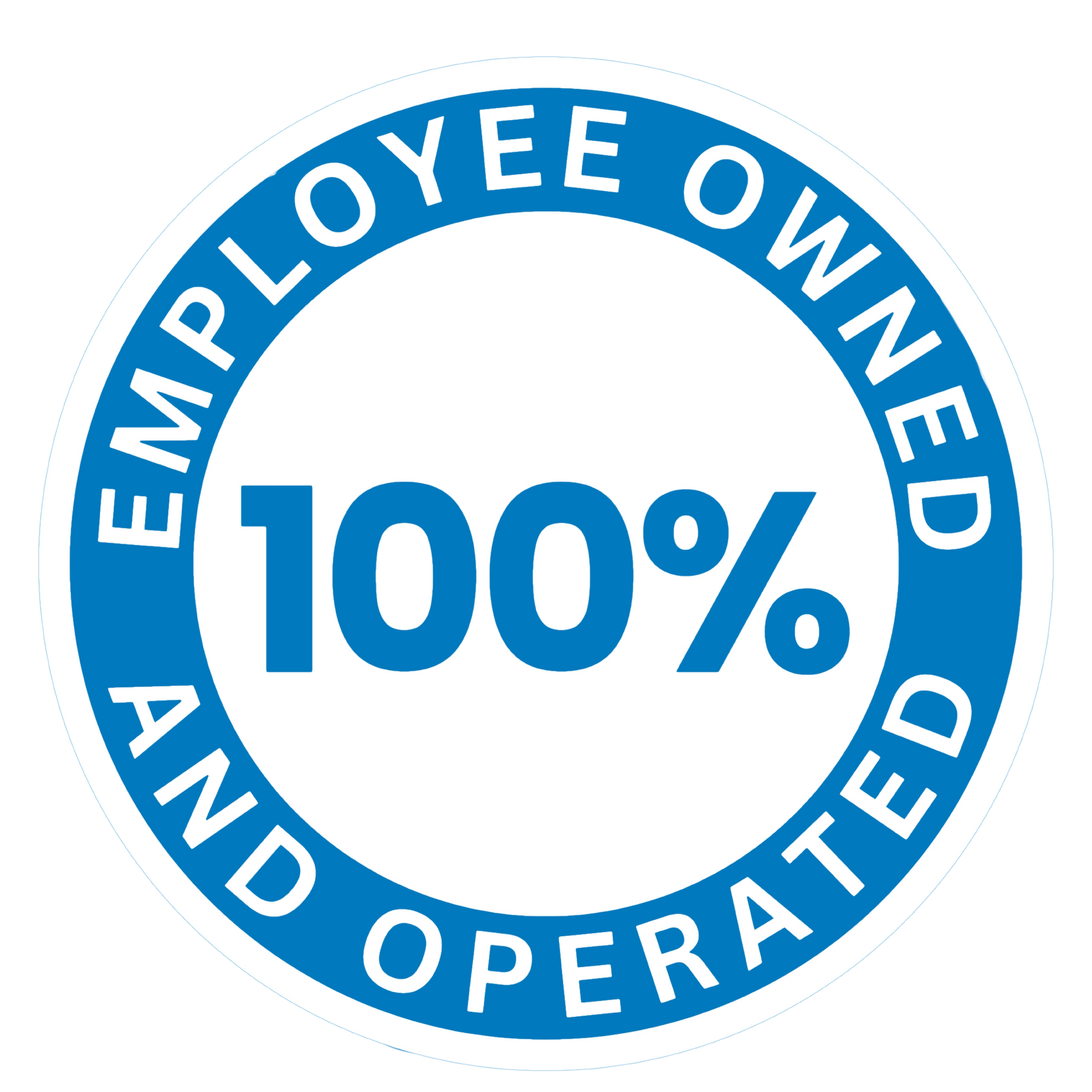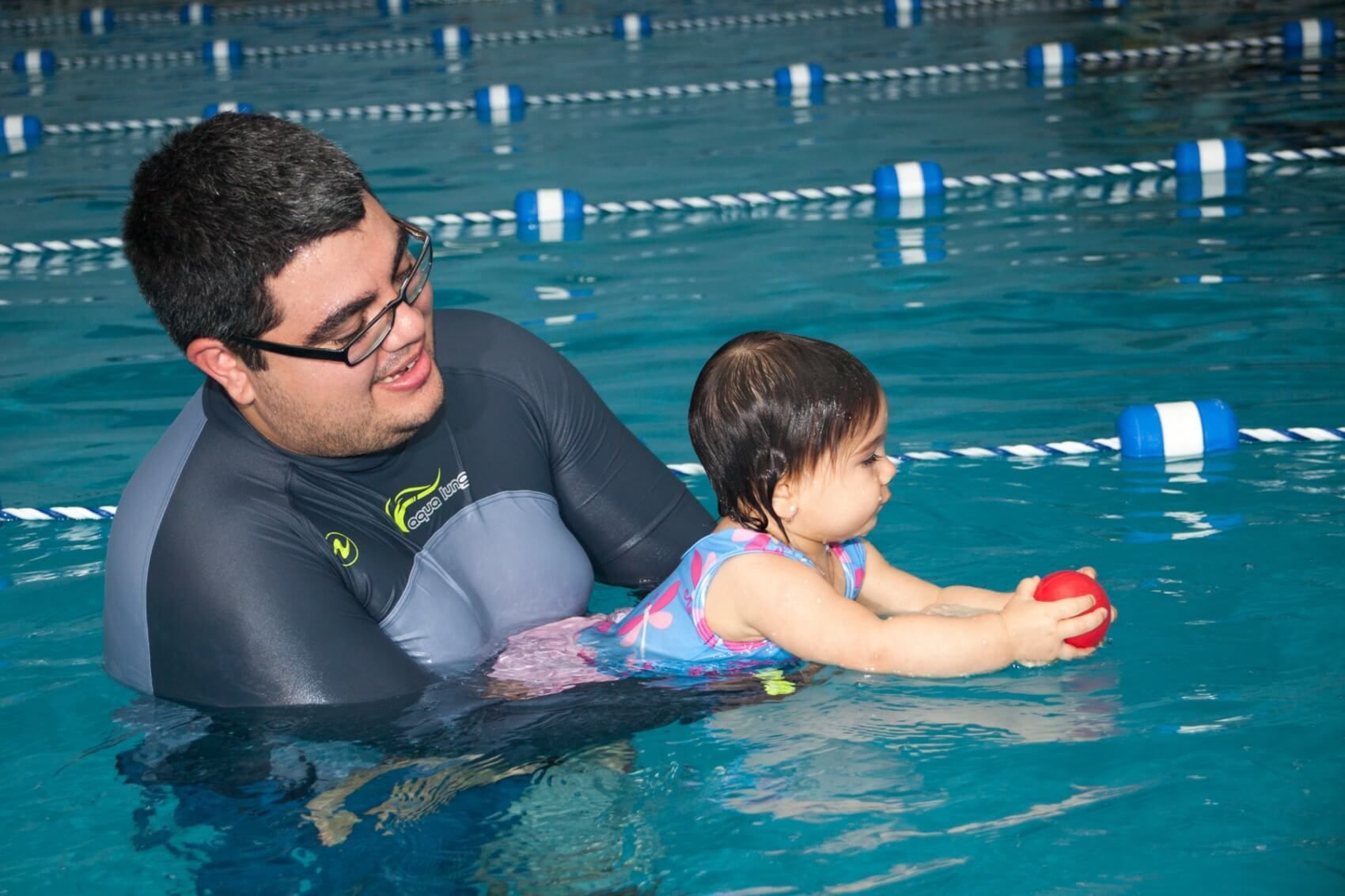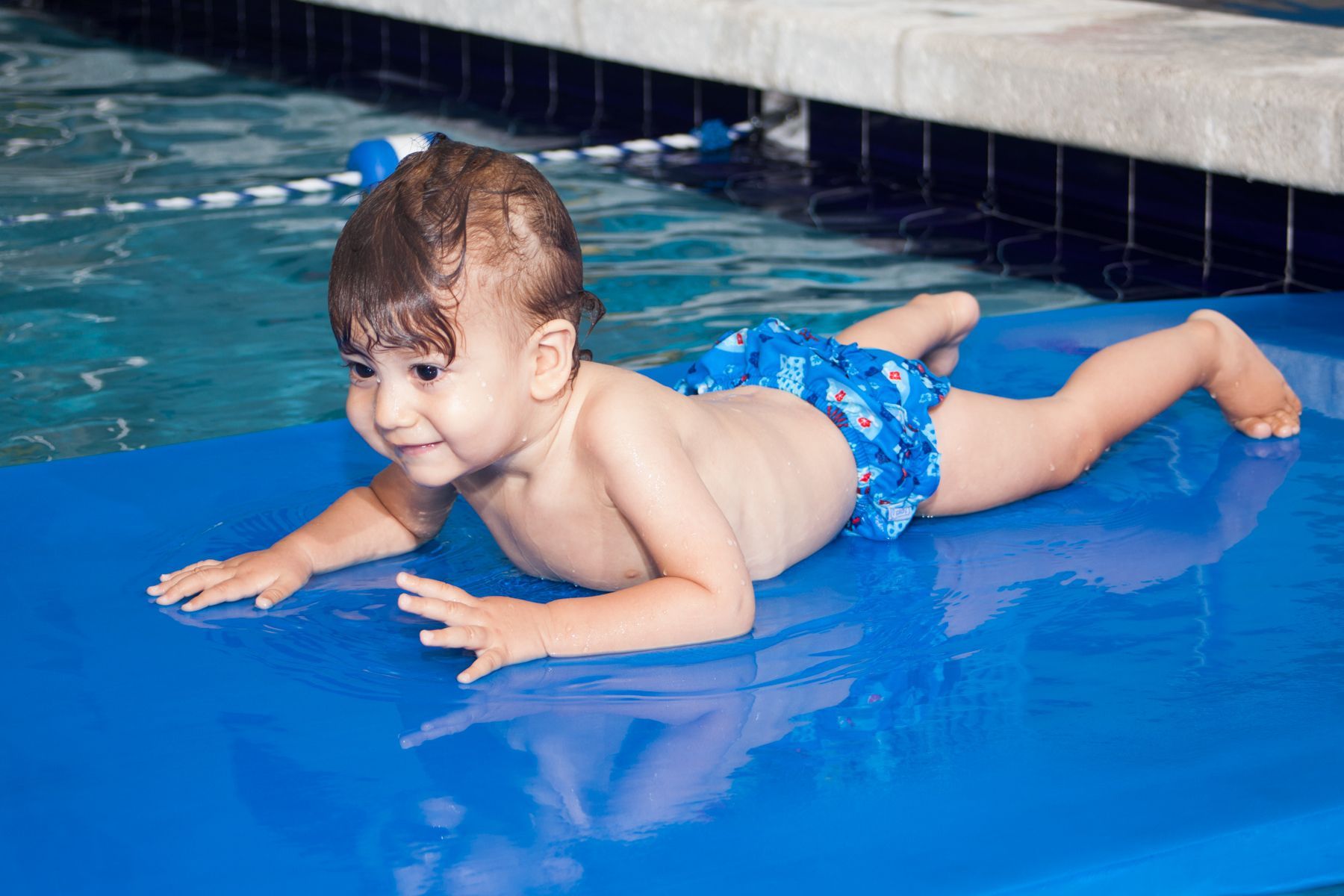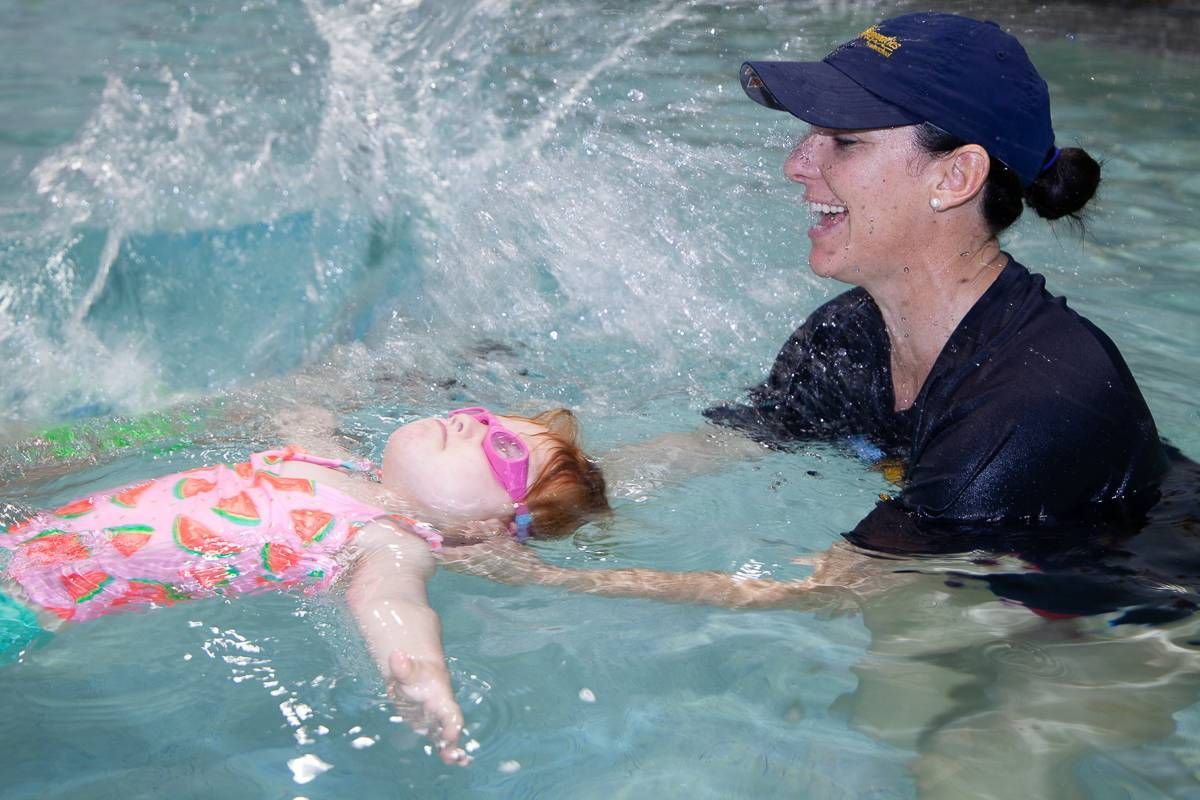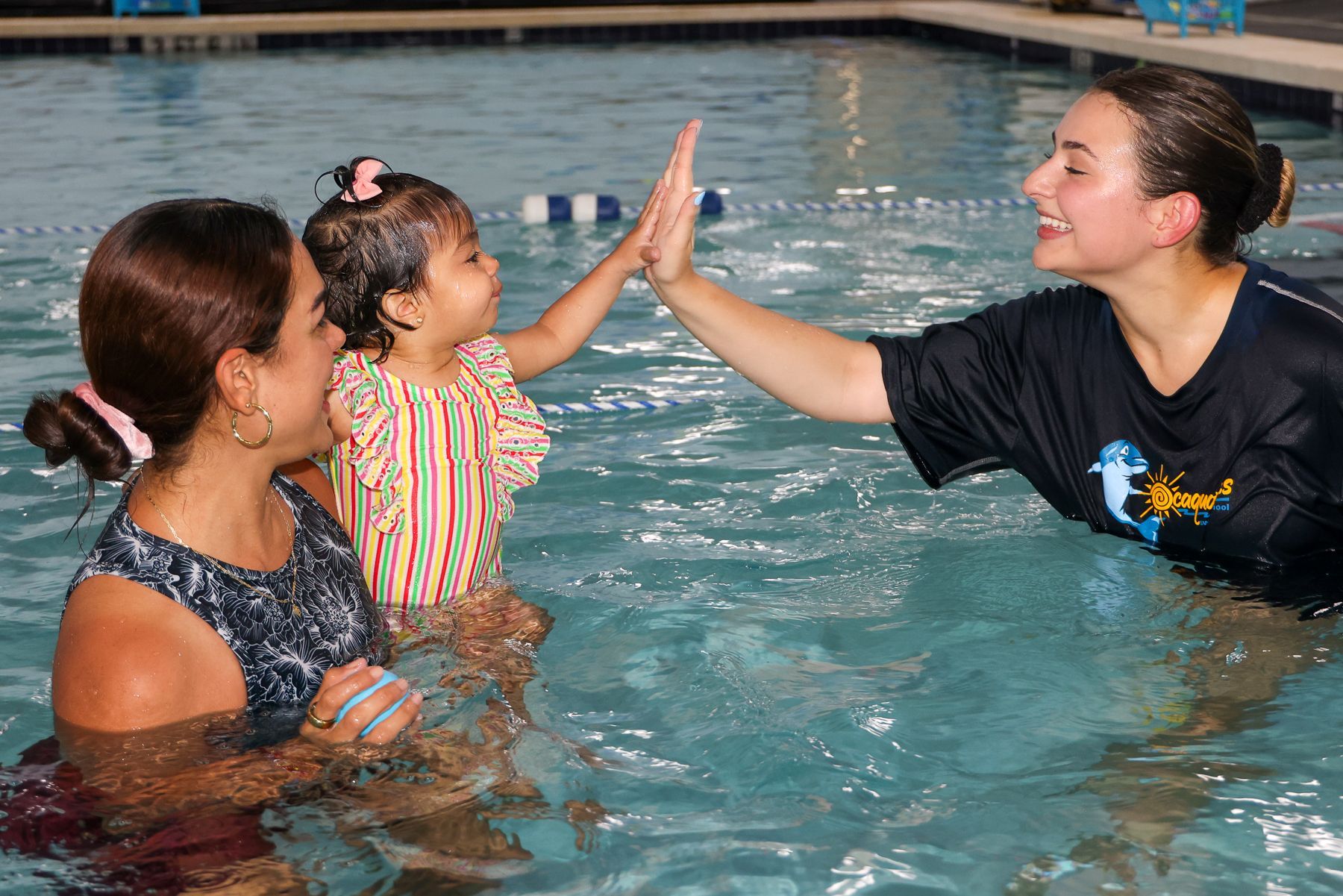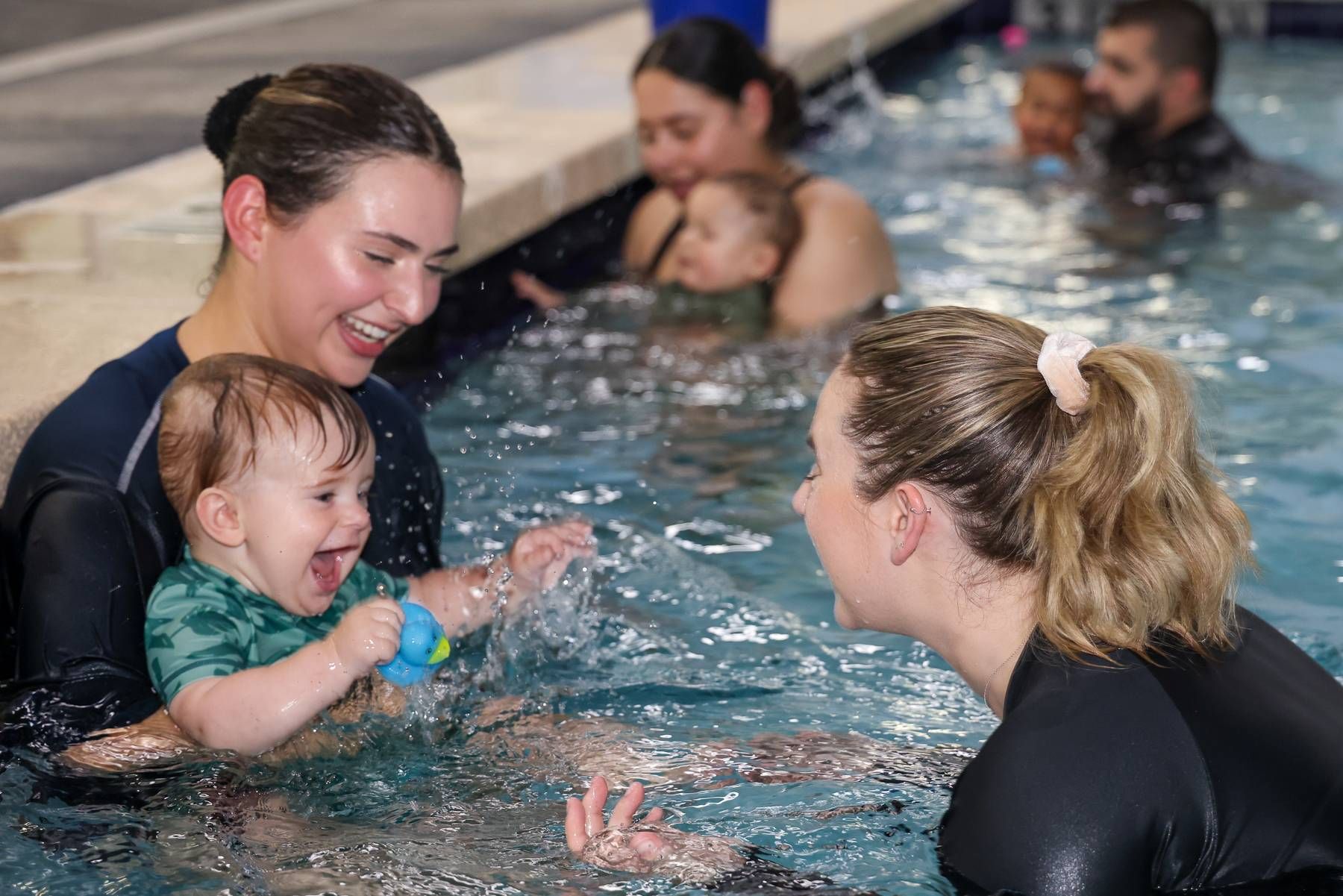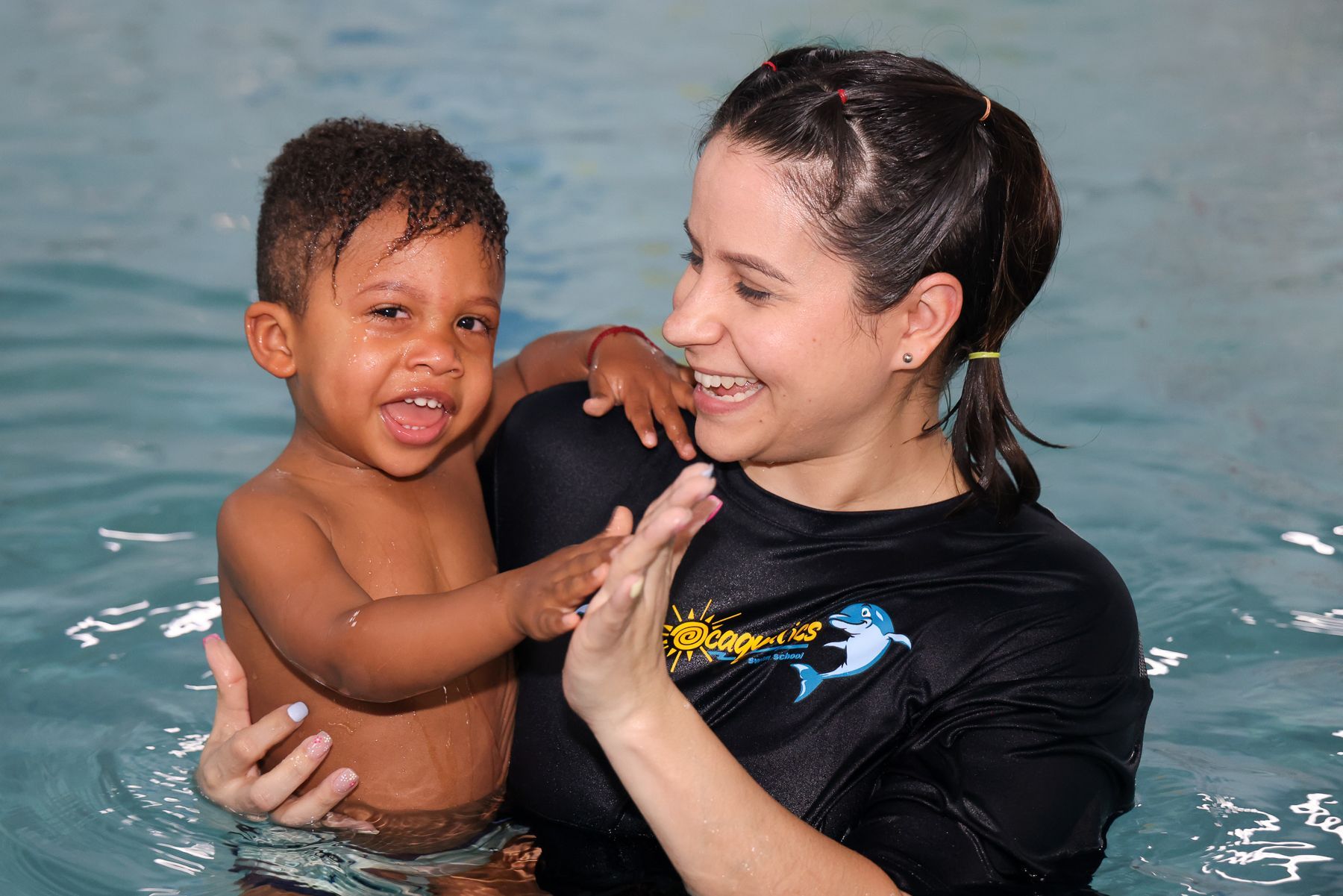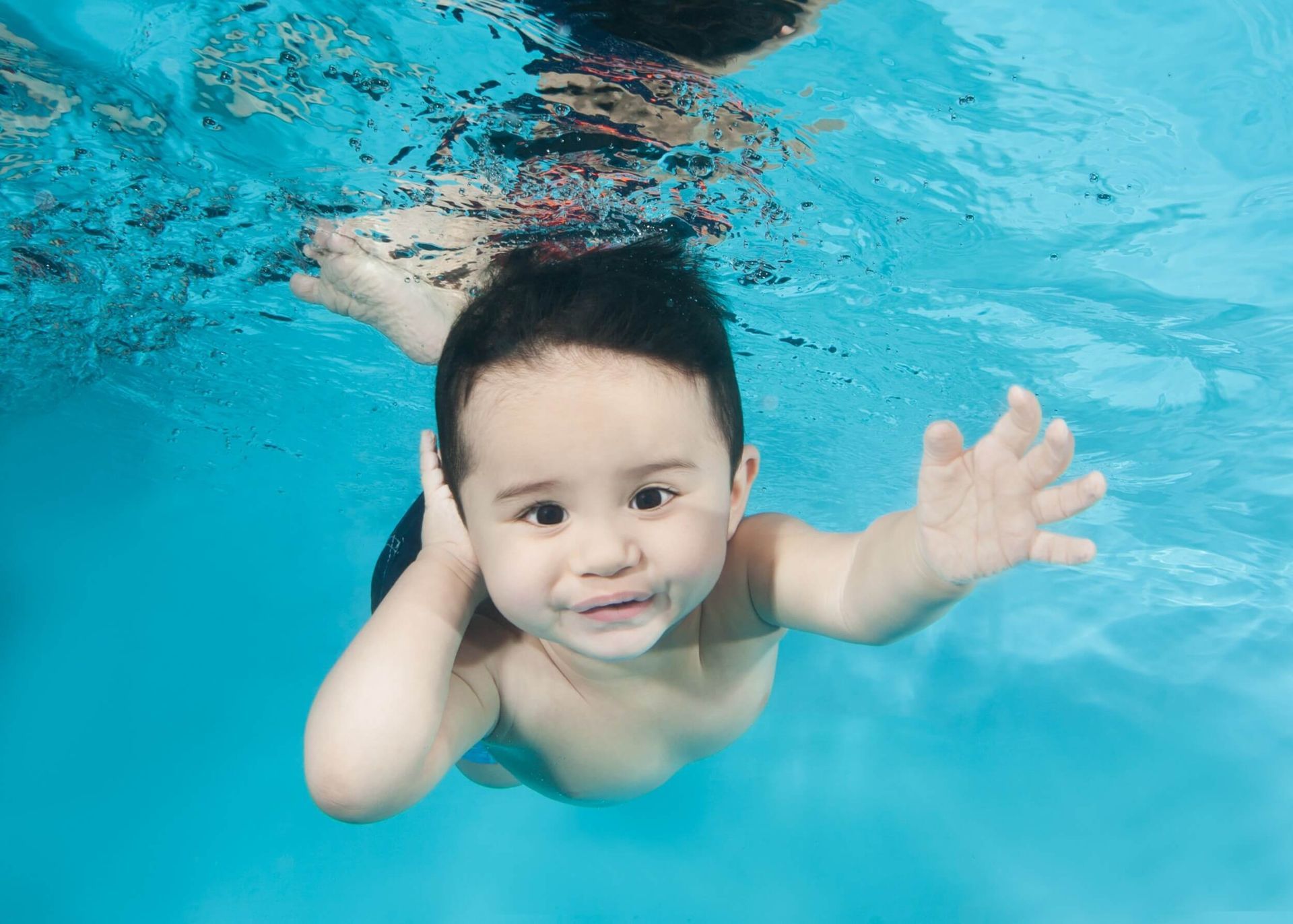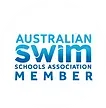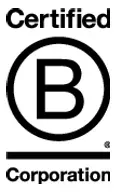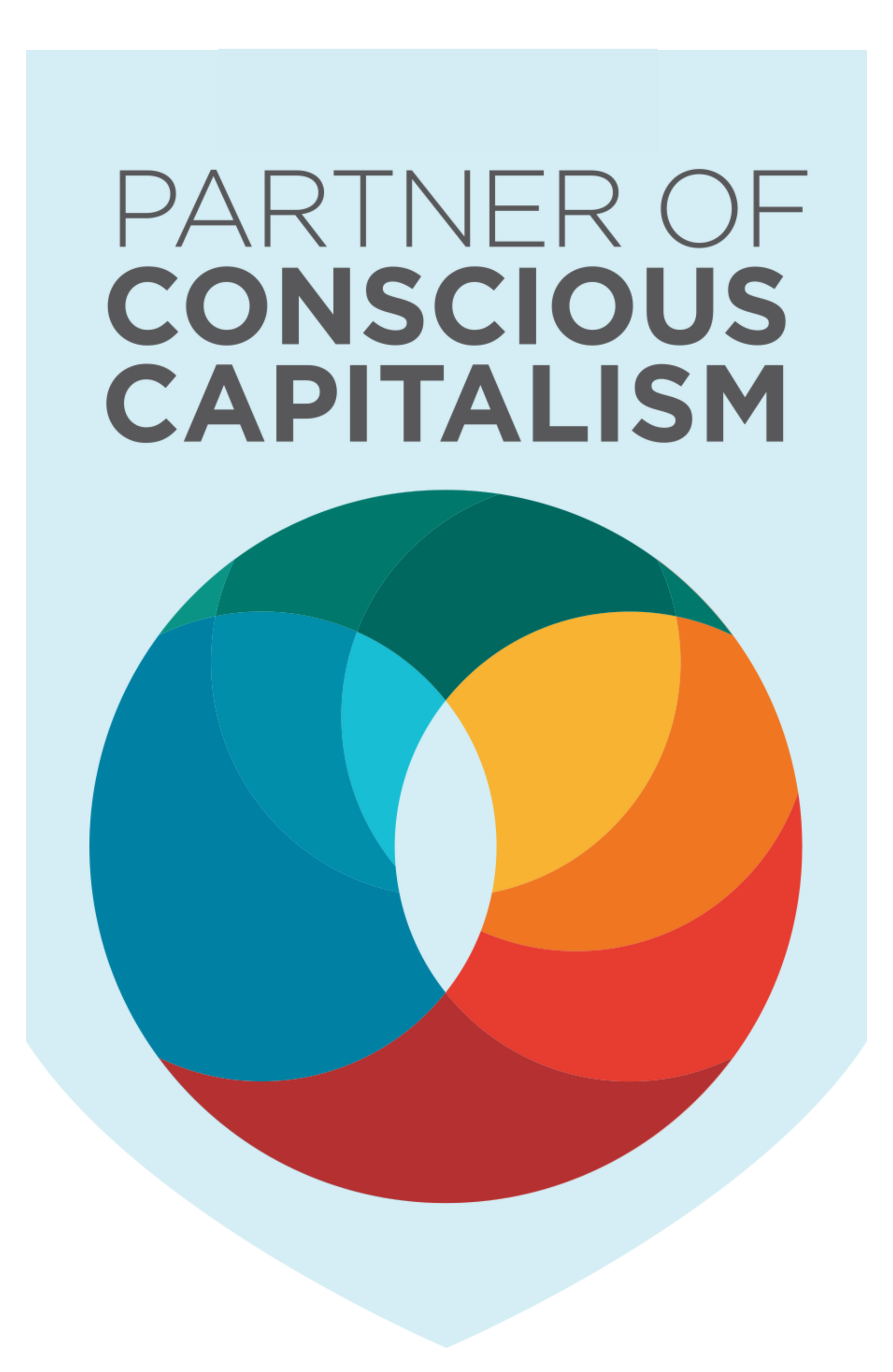Blog
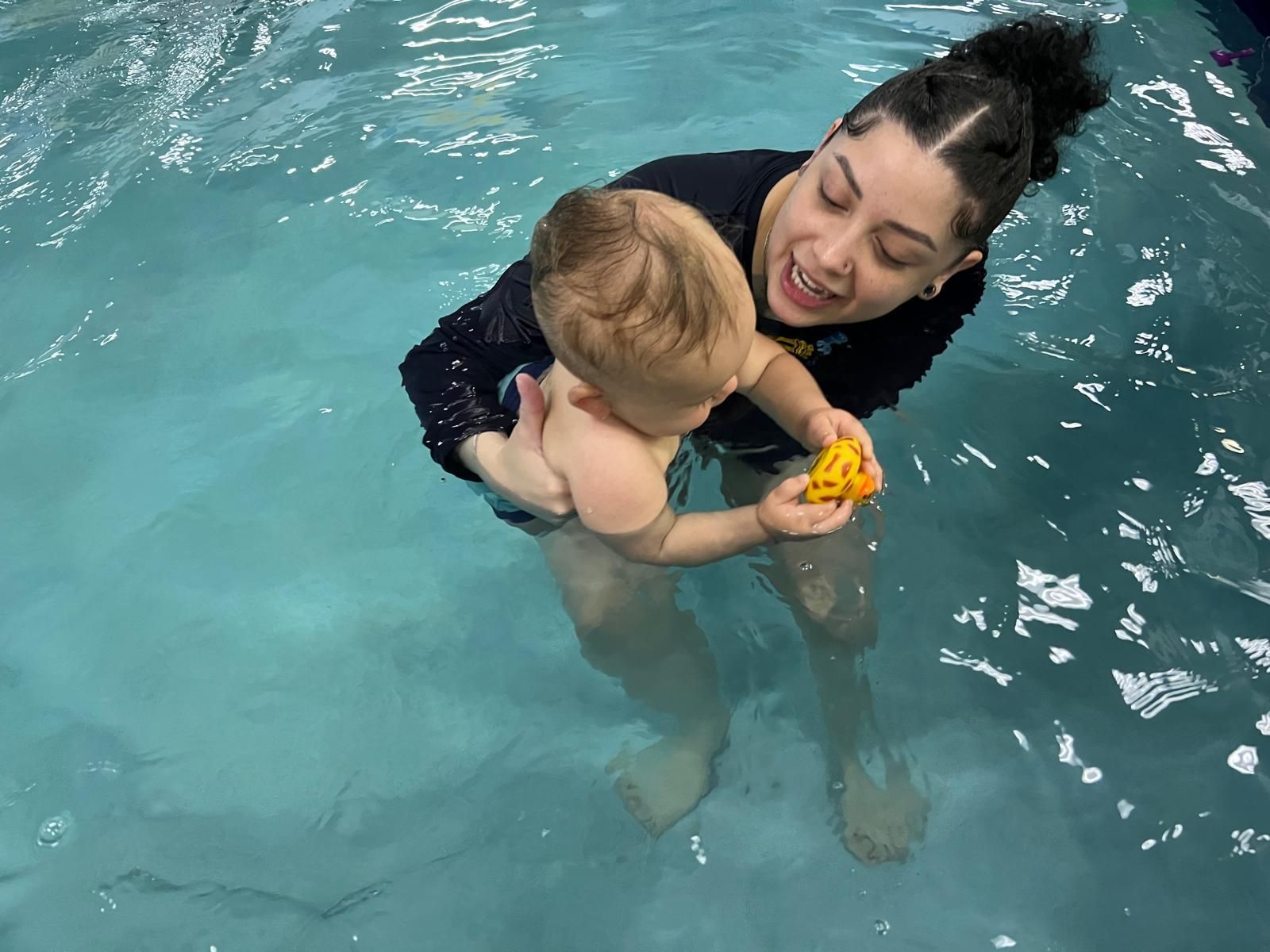
Ear infections are a common issue for children, which may require medical interventions such as ear tubes to address chronic problems. For parents of children with ear tubes, a key question generally arises: can you swim with tubes in your ear? Parents should also know whether learning how to swim at a swim school is safe for their child with ear tubes. What are Ear Tubes and Why are they Needed? Ear tubes, also known as tympanostomy tubes, are small cylindrical devices inserted into the eardrum. They are designed to alleviate recurrent ear infections or persistent fluid buildup in the middle ear, conditions that can impair hearing and affect speech development. Ear tubes create a small opening in the eardrum to allow for ventilation and fluid drainage. While proper ear tube placement is effective in reducing infections, their presence raises questions about water exposure. Many parents worry that swimming or bathing could allow water to enter the middle ear through the tubes, potentially leading to infections or complications. Can Children Swim With Ear Tubes? The short answer is yes, children can swim with ear tubes, but certain precautions are necessary. Most healthcare professionals agree that casual swimming in chlorinated pools is generally safe, as chlorine helps prevent bacterial growth. However, the risk of water entering the middle ear depends on various factors, including the type of water and the child's activity level. Factors to Consider When Swimming With Ear Tubes Type of Water Chlorinated Pools : Swimming in a clean, chlorinated pool is usually safe. Chlorine acts as a disinfectant, minimizing the risk of infections. Lakes and Oceans : Can a child swim in these environments with ear tubes? There is a higher risk due to the presence of microorganisms, so swimming in such waters requires extra precautions, such as ear protection. Baths and Hot Tubs : Submerging the head in bathwater or hot tubs can allow soapy or contaminated water to enter the tubes, increasing the risk of infection. Activity Level Diving and Jumping : High-impact activities like diving or jumping into the water can force water into the ears, raising the likelihood of complications. Submersion Depth : The deeper a child goes underwater, the greater the water pressure, which can force water into the ear tubes. Age and Comfort Level Younger children with chronic ear infections or multiple ear infections may need more supervision to ensure they adhere to safety measures. Children who are comfortable in the water may be less likely to panic and submerge their heads unpredictably. Precautions for Swimming With Ear Tubes Use of Earplugs Custom Earplugs : Custom-fitted earplugs provide the best protection and comfort for children with ear tubes. These are made to fit snugly and prevent water from entering the ears. Over-the-Counter Earplugs : While less effective than custom options, over-the-counter plugs may still provide protection for a swimmer’s ear, particularly for casual swimming. Swim Caps or Headbands Pairing earplugs with a swim cap or neoprene headband offers an added layer of protection, ensuring the plugs stay securely in place during activities. Dry Ears After Swimming After swimming, gently dry the ears with a towel or use a hairdryer on a low, cool setting to ensure no residual moisture remains in the ear canal. Consult Your ENT Specialist Always follow your child’s ENT specialist’s advice. Some children may require stricter precautions or antibiotic ear drops based on their individual medical history. Signs of Complications to Watch For Even with precautions, complications can occasionally arise. Parents should monitor their child for signs of discomfort or infection after swimming, such as: Persistent ear pain or pressure Drainage of fluid or pus from the ear Hearing changes or difficulty If any of these symptoms occur, consult your child’s ENT specialist promptly. Benefits of Swimming for Children With Ear Tubes Despite the added precautions, swimming is a highly beneficial activity for children with repeat ear infections or frequent ear infections who have ear tubes. It enhances physical fitness, builds confidence, and improves motor skills. With proper safety measures, children with ear tubes can enjoy swimming just like their peers. Notably, in many cases, ear tubes fall out naturally as a child’s eardrum heals, allowing them to continue swimming without additional precautions unless advised otherwise by a doctor. FAQs Related to Children Swimming with Ear Tubes Can my child participate in competitive swimming with ear tubes? Yes, children with ear tubes can participate in competitive swimming with proper precautions. For high-intensity activities, custom-fitted earplugs and swim caps are essential to prevent water entry during starts, turns, and prolonged submersion. It's also important to have regular follow-ups with an ENT specialist to monitor ear health during the swim season. Are there any specific swim training techniques or programs designed for children with ear tubes? While no formal swim programs are specifically designed for children with ear tubes, some swim schools are experienced in accommodating children with medical needs. Programs that emphasize controlled breathing, face-above-water strokes, and gradual submersion can be beneficial. Parents should inform instructors about the ear tubes so lessons can be adjusted accordingly. Can ear tubes affect how my child equalizes ear pressure while swimming underwater? Yes, ear tubes can slightly alter how pressure equalization occurs, as they create a small opening in the eardrum. However, this is typically not a significant concern unless the child is swimming at greater depths where water pressure is higher. The natural Eustachian tube helps to balance the pressure in the middle ear space with the outside pressure. For children participating in scuba diving or similar activities, a consultation with an ENT specialist is essential. Are waterproof headphones safe for children with ear tubes? Waterproof headphones can be used by children with ear tubes, particularly if they want to listen to music or audiobooks while swimming. However, the headphones should be paired with protective earplugs to prevent water from entering the tubes. Ensure the headphones do not create additional pressure on the ear canal or dislodge the earplugs. How can I teach my child to handle ear protection independently? Teaching your child to handle ear protection involves patience and practice. Start by showing them how to insert earplugs correctly and use a swim cap to secure them. Create a pre-swim checklist they can follow as they grow older, reinforcing the importance of protecting their ears. Role-playing and making it a fun activity can help younger children feel more confident. Are there advanced earplugs or devices for children who frequently swim in non-chlorinated waters? Yes, advanced earplugs with antimicrobial coatings or built-in filters are available. These are particularly useful for children swimming in lakes, rivers, or oceans, where the risk of bacterial exposure to the inner or outer ear drum and future ear infections is higher. Consult the child’s doctor for recommendations related to your child’s specific needs. Swimming Lessons for Children With Ear Tubes Dedicated swim schools have experience working with children who have medical needs and can adjust lessons accordingly. Ear tubes do not prevent children from enjoying swimming, but it is important to protect their ears to avoid complications. Can children who have undergone ear tube surgery safely participate in swim lessons at a swim school? Yes, children who have undergone ear tube surgery can safely participate in swim lessons at a swim school. It is essential to take precautions to prevent water from entering the ears, which could lead to ear infection. Using well-fitted earplugs or a swim cap designed to keep water out is highly recommended. A consultation with your child’s ENT specialist before starting swim lessons can provide further guidance based on your child’s specific needs. Will wearing earplugs affect my child’s ability to hear the instructor during swim lessons? High-quality ear plugs, especially custom-fitted ones, are designed to reduce water entry without completely blocking sound. While some slight muffling may occur, most children can still hear instructions clearly. If hearing becomes a challenge, instructors can use visual cues or practice closer communication to ensure effective teaching. Tips for Safe Swimming Lessons Use Waterproof Earplugs : Custom-fitted or high-quality earplugs prevent water from entering the ear canal, reducing the risk of infection. Swim Caps : Pair earplugs with snug swim caps for added protection. Communicate with Instructors : Inform the swim school about your child’s ear tubes so they can provide personalized guidance. Benefits of Swim Schools for Children with Ear Tubes Controlled Environment : Professional swim schools maintain clean and monitored pools, lowering the risk of exposure to bacteria. Experienced Instructors : Instructors are trained to help children safely learn skills like floating, kicking, and breath control without unnecessary head submersion. Building Confidence : With the right precautions, children can focus on mastering swimming skills while staying safe. At Ocaquatics, our instructors are experienced in accommodating children with medical conditions like ear tubes. We focus on creating a safer and enjoyable environment tailored to each swimmer’s needs. Get Started With Swim Lessons Today! At Ocaquatics, we’re committed to helping every child feel confident and safe in the water. Contact us today to learn more about the swim lessons we offer!
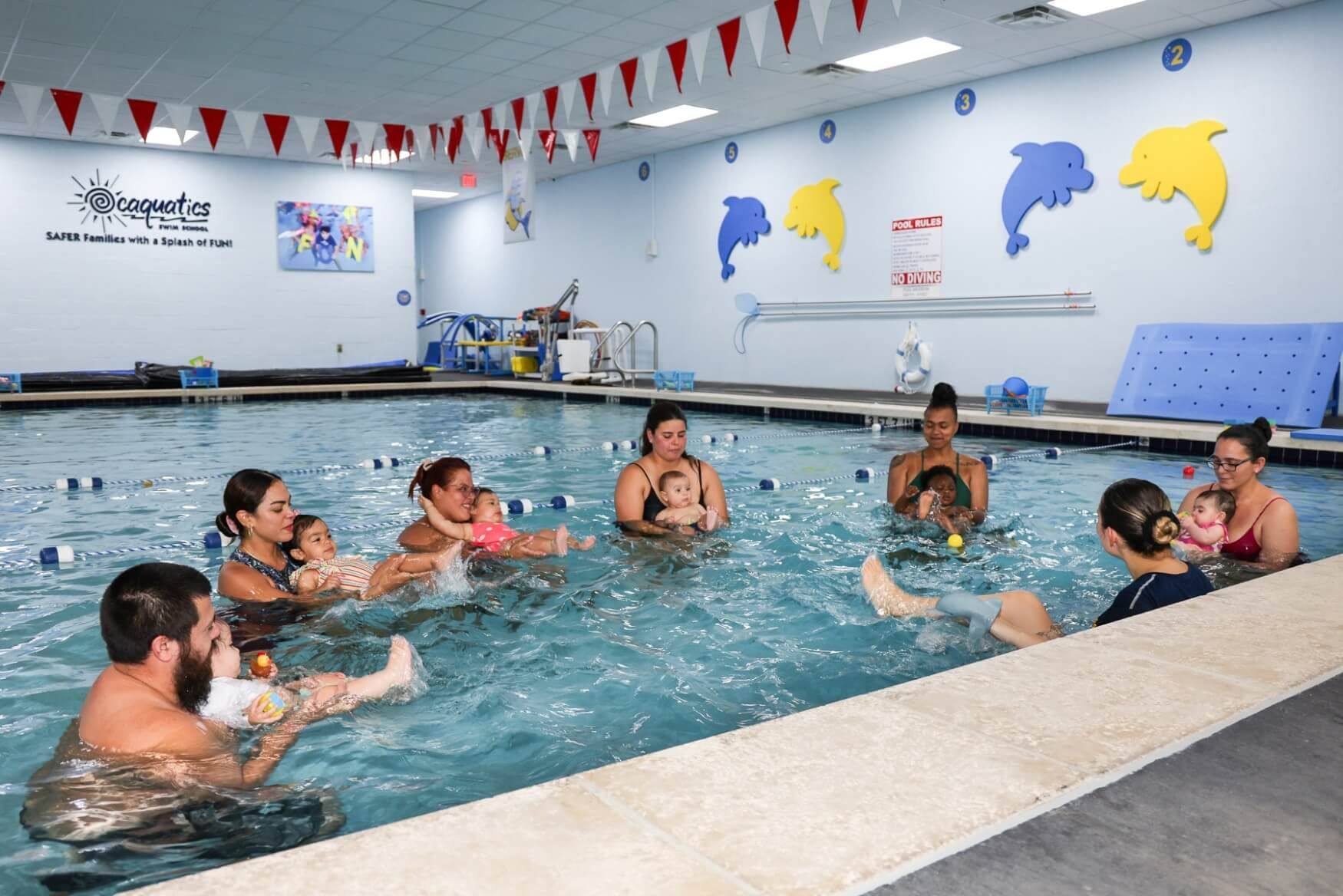
Swimming is a vital life skill for children, promoting safety, confidence, and fitness. At Ocaquatics, we make learning fun while teaching proper swim techniques. Introducing children to different swim strokes helps them develop skills and enjoy the water. Here are the most common strokes our professional swim instructors teach and their benefits. Freestyle (Front Crawl) Freestyle, also known as the front crawl, is usually the first stroke children learn. It is the fastest and most efficient of all swimming strokes, making it a cornerstone of swim lessons. The freestyle stroke helps children develop strong foundational swimming skills such as proper breathing techniques and body alignment. The rhythmic coordination between arm movements and flutter kicks improves overall strength and cardiovascular endurance. Freestyle’s versatility makes it an excellent choice for young beginners. Key Features: Body Position: Swimmers maintain a horizontal position in the water with their faces submerged. Arm Movement: Alternating arm strokes extend forward and pull through the water, creating propulsion. Leg Movement: A flutter kick, performed by rapidly moving the legs up and down, supports forward motion. Breathing: Swimmers turn their head to the side during arm recovery to take a breath, ensuring rhythm and efficiency. Benefits for Children: Ease of Learning: Its simplicity makes it an ideal stroke for beginners. Fitness Building: Swimming freestyle develops cardiovascular endurance and strengthens core muscles. Water Safety: Mastery of freestyle equips children with a reliable stroke for swimming longer distances. Backstroke The backstroke is unique as it is performed on the swimmer’s back, offering a different perspective and requiring specific coordination skills. This swimming stroke is especially beneficial for building confidence in young swimmers since their faces remain above water, making breathing easier. The backstroke strengthens core muscles and improves posture, as the swimmer must maintain a streamlined position throughout. The elementary backstroke also introduces children to concepts like spatial awareness and pacing, which are vital for advancing in swimming. Key Features: Body Position: Swimmers lie flat on their back, maintaining a streamlined body position. Arm Movement: Alternating arm strokes reach overhead and pull through the water. Leg Movement: A continuous flutter kick propels the swimmer forward. Breathing: Since the face is above water, breathing is unrestricted, making it easier for beginners. Benefits for Children: Relaxation: Backstroke allows children to breathe freely, reducing anxiety in the water. Core Strength: It enhances abdominal and lower back muscles through continuous motion. Coordination Skills: Alternating arm and leg movements improve motor skills. Breaststroke Breaststroke is slower than other strokes but emphasizes timing and technique, making it a valuable skill for children as they advance in swimming. Its frog-like movements engage the legs and arms simultaneously, building coordination and flexibility. The breaststroke also helps children learn the importance of gliding, which conserves energy during longer swims. Due to its deliberate pace, it’s ideal for teaching patience and discipline while also improving endurance. Key Features: Body Position: Swimmers maintain a horizontal position with their head and shoulders rising periodically for breathing. Arm Movement: A circular, sweeping arm pull motion pulls water toward the chest. Leg Movement: A whip kick (frog kick or leg kick) moves the legs outward and together in sync with the arms. Breathing: Swimmers breathe during the glide phase, ensuring rhythm. Benefits for Children: Controlled Movements: The slower pace helps children focus on technique. Water Familiarity: Frequent breathing opportunities make it accessible for young swimmers. Strength Building: The unique kick strengthens leg muscles and improves flexibility. Butterfly Stroke The butterfly stroke is one of the most challenging swim strokes but also one of the most rewarding for children who master it. It requires significant upper body strength, making it a great workout for developing muscles in the arms, shoulders, and chest. The powerful dolphin kick involved in the butterfly stroke also enhances core stability and lower body strength. Beyond physical benefits, learning the butterfly stroke boosts a child’s confidence and determination as they conquer its demanding technique. Key Features: Body Position: Swimmers maintain a streamlined body position with a wave-like motion. Arm Movement: Both arms move simultaneously in a circular motion, entering the water at shoulder width. Leg Movement: The dolphin kick, where both legs move together in an undulating motion, drives the stroke. Breathing: Swimmers lift their head above water during the pull phase to breathe. Benefits for Children: Strength and Endurance: Butterfly builds upper body strength and stamina. Advanced Technique: Mastering butterfly boosts confidence and prepares children for competitive swimming. Full-Body Workout: The coordinated motion engages multiple muscle groups. Why Children Should Learn Multiple Swim Strokes The benefits of learning multiple swim strokes for children extend far beyond the pool. By mastering a variety of techniques, young swimmers develop physically, mentally, and emotionally. They gain versatility, confidence, and a lifelong appreciation for swimming as a safe, enjoyable, and health-promoting activity. Encouraging children to explore multiple swim strokes sets them on a path to becoming skilled, adaptable, and confident swimmers for life. Enhanced Physical Development Learning different swimming strokes engages different muscle groups, leading to well-rounded physical development. Freestyle, for example, emphasizes upper body strength and cardiovascular endurance, while the breaststroke works on leg flexibility and coordination. Backstroke enhances core stability and posture, and the butterfly stroke develops shoulder and chest muscles. This diverse physical engagement not only strengthens the entire body but also reduces the risk of repetitive stress injuries from overusing the same muscles. Moreover, alternating strokes during swim practice provides children with a more dynamic workout, improving their overall stamina, speed, and swimming efficiency. Increased Water Safety One of the most significant benefits of learning multiple swim strokes is enhanced water safety. Different strokes are suited to various situations. For example, the backstroke allows swimmers to rest and breathe more easily, making it a valuable skill in emergencies. The breaststroke, with its efficient and calm technique, is ideal for long-distance swimming, while freestyle provides the speed necessary to escape dangerous situations. Children with a versatile swimming style and skilled in multiple swim strokes are better prepared to adapt to varying water conditions, currents, and emergencies, making them safer swimmers overall. Improved Coordination and Motor Skills Mastering multiple swim strokes requires children to learn and refine various types of body movements, improving their coordination and motor skills. Each stroke involves a unique combination of arm, leg, and breathing techniques. For instance, the precise timing of the breaststroke or the rhythmic flow of the butterfly stroke teaches children how to synchronize their movements effectively. These skills translate into better overall body awareness, which can benefit children in other sports and physical activities. Mental Benefits: Confidence and Problem-Solving The process of learning and mastering multiple swim strokes builds confidence and mental resilience. Each new stroke presents its own set of challenges, encouraging children to stay determined and work toward their goals. For example, the butterfly stroke may initially feel daunting, but successfully learning it fosters a sense of accomplishment. Additionally, learning to switch between strokes during practice enhances problem-solving skills, as children figure out the best technique for different situations. This ability to adapt and overcome challenges boosts self-esteem in and out of the water. Versatility in Competitive Swimming For children interested in competitive swimming, knowing multiple strokes is a significant advantage. Competitions such as medley races require swimmers to excel in all four major strokes—freestyle, backstroke, breaststroke, and butterfly. Mastery of competitive swimming strokes increases the opportunities for a child’s success in a variety of competitive events. Furthermore, training in different strokes reduces fatigue during races, as it allows swimmers to distribute effort across various muscle groups rather than relying on just one technique. Long-Term Health Benefits Swimming is a low-impact sport that supports joint health and cardiovascular fitness, and learning multiple strokes enhances these benefits. Switching between strokes reduces strain on specific muscles and joints, promoting longevity in swimming as a lifelong activity. Moreover, by engaging different parts of the body, children develop better overall flexibility, endurance, and balance. These physical advantages lay the foundation for a healthy lifestyle as children grow older. Fun and Enjoyment Variety in swimming styles keeps the activity fun and engaging for children. Repetition of a single stroke can become monotonous over time, leading to boredom and disengagement. By learning multiple swim strokes, children enjoy the excitement of mastering new challenges, which keeps them motivated to continue practicing. The diversity also allows for creative games and drills that incorporate different strokes, making swim lessons more enjoyable and dynamic. Social and Emotional Growth Participating in swim lessons that teach multiple strokes fosters teamwork and camaraderie among children. Group lessons often include relay races or team-based activities that require different strokes, encouraging collaboration and communication. The shared experience of learning new techniques and celebrating progress together builds strong social connections. Moreover, the discipline and perseverance needed to learn challenging strokes, such as the butterfly, nurture emotional resilience and a growth mindset in young swimmers. Adaptability to Various Water Environments Learning multiple swim strokes equips children to handle diverse water environments confidently. For example, the breaststroke is useful in calm open water, while freestyle is ideal for swimming through waves or currents. Backstroke provides a relaxing option for long swims, especially in pools or calm waters. This adaptability ensures that children feel comfortable and capable in different aquatic settings, from swimming pools to lakes and oceans. Choose Professional Swim Instructors for Your Child's Swim Lessons When it comes to teaching children how to swim, the choice of instructor and swim school plays a pivotal role in shaping their experience and outcomes. While it may be tempting to rely on a family member or casual lessons, enrolling your child with professional swim instructors at a dedicated swim school offers numerous benefits. From expert guidance to a safe and supportive learning environment, this approach ensures your child develops essential swimming skills effectively and confidently. Expertise and Structured Teaching Methods Certified instructors : Professional swim schools employ trained and certified instructors with expertise in child development and swimming techniques. Their qualifications ensure they understand how to teach children of various ages and skill levels. Proven curriculum : Unlike ad hoc lessons, swim schools follow structured programs tailored to a child’s developmental stage. This ensures lessons are systematic, with clear goals for progression in water safety and swim strokes. Structured lessons : We provide structured lessons designed to gradually build water confidence and essential swimming skills. This allows us to switch up the lesson plans as needed, fosters faster skill acquisition, and reduces frustration. Safety First: A Controlled Environment Specialized facilities : Dedicated swim schools are designed with safety in mind. From heated, shallow pools to non-slip surfaces and proper pool filtration, every detail supports a secure learning environment. Constant supervision : Professional instructors are trained in water safety and first aid, ensuring they can prevent accidents and respond quickly to emergencies. Reduced anxiety : For children who are hesitant or cautious of water, a professional swim school offers a calm and supportive atmosphere that helps ease their fears and builds trust. Advantage of Group and Individual Lessons Social interaction : Group lessons at swim schools encourage children to interact with peers, fostering teamwork, patience, and communication skills. Focused attention : For children who need extra support or advanced instruction, private lessons offer one-on-one attention, ensuring their specific needs are met. Motivation through peers : Seeing other children learn and succeed can motivate your child to stay engaged and put in their best effort. Consistency and Accountability Regular schedule : Swim schools offer consistent lesson schedules, helping children develop a routine that enhances learning and retention. Progress tracking : Many professional programs provide feedback on the child’s progress, giving parents insight into their child’s strengths and areas for improvement. Long-term skill development : A structured environment ensures that children not only learn basic water safety but also advance to more complex swimming techniques, preparing them for competitive swimming or lifelong recreational enjoyment. Long-Term Confidence and Safety Building confidence : Professional instructors know how to encourage children in a way that boosts their self-esteem. Learning to swim in a professional environment fosters confidence in the water and other areas of life. Lifelong safety skills : With proper training from instructors who are experienced swimmers, children gain life-saving water safety knowledge that can reduce the risk of drowning and promote safe water practices. Choosing professional swim instructors at a dedicated swim school is an investment in your child’s safety, confidence, and skill development. With certified experts, structured lessons, and a controlled environment, your child receives the highest level of instruction, paving the way for a lifelong love of swimming. Join Our Swim Lessons! At Ocaquatics, we provide fun, safer, and engaging lessons tailored to children’s abilities. Our expert instructors ensure your child gains confidence in the water while mastering essential swim strokes. Contact us today to enroll and help your child build lifelong swimming skills!

